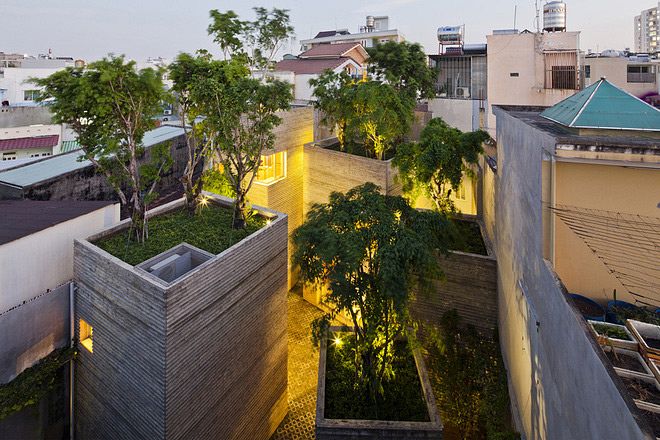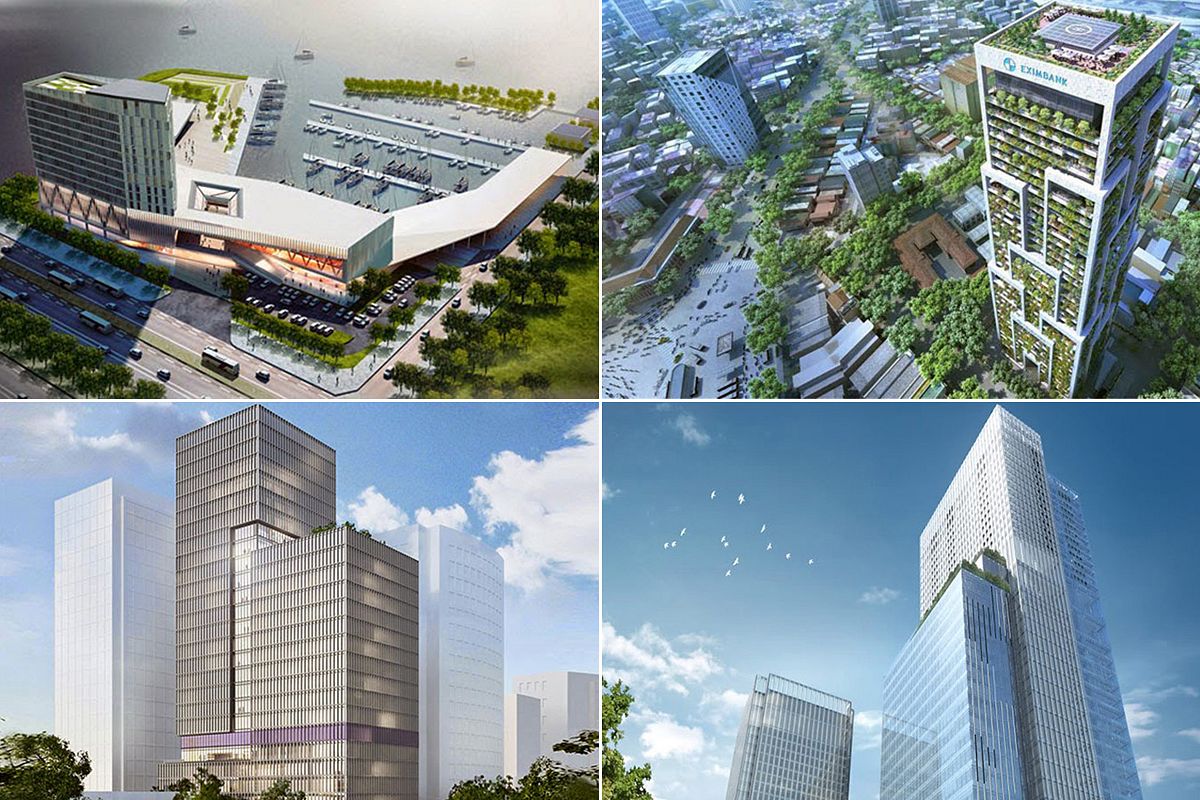It’s no secret that Saigon has done little to protect its historic buildings in the face of rapid urban development. As a result, the city has lost 56% of its heritage buildings since 2004, according to experts.
A Vietnamese-French urban research agency, Center for Prospective and Urban Studies (PADDI), has found that over 207 historic buildings in Districts 1 and 3 have been destroyed or defaced over the past decade, reports Thanh Nien.
A 1993 survey by the agency identified 377 structures as heritage sites and according to Dr. Fanny Quertamp Nguyen, director of (PADDI), an agency set up by Rhône – Alpes Region and HCMC, only 96 have been preserved.
Saigoneer’s resident historian, Tim Doling, told the paper that over the past 6 months, he has had to remove 5 buildings from his forthcoming walking tours book, Exploring Ho Chi Minh City (due to be published in June or July) as they have been demolished.
These saddening statistics, presented at a recent conference held by Thoi bao Kinh te Sai Gon (Saigon Times) newspaper, shocked Vietnamese experts:
“Le Quang Ninh of the Vietnam Association of Architects said he was aware that many old houses were recently destroyed in the city center for the construction of new buildings, but his estimate of the loss had been much lower.”
Related Articles:
- A Date with the Wrecking Ball: 2 Historic Saigon Buildings Slated for Demolition
- Can Saigon Preserve its Historic Architecture?
He said it is “alarming” that more than 56 percent of historic structures have disappeared.
Ton Nu Thi Ninh, a former vice chairwoman of the National Assembly's Foreign Affairs Committee, said that it is necessary to have a “strong” legal framework to preserve historic sites.
In the end, it all comes down to money and community awareness. Doling said that each historic building has its own story and that people can make use of these stories to attract tourists.
Some may complain about Saigon’s hectic traffic, but the unchecked destruction of the city’s architectural soul wares on us the most.
Saigon should look to Hanoi, which places tight restrictions on alterations to its old buildings as an example of how to better preserve its architectural heritage.














